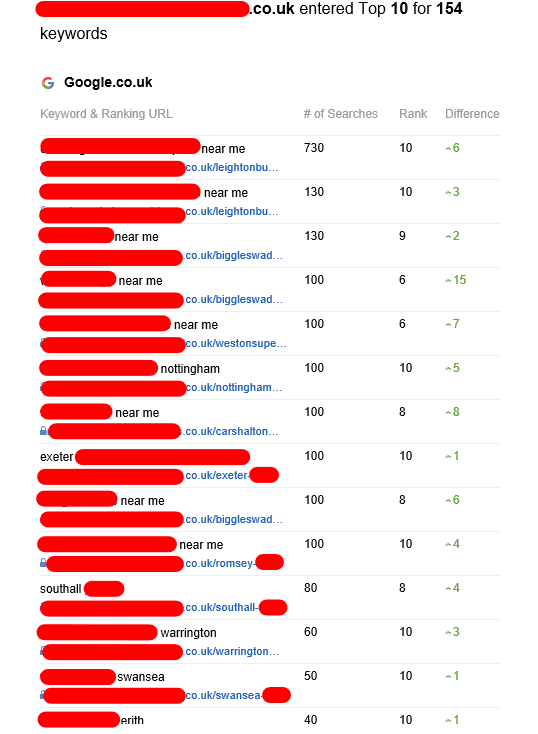In the digital age, data is often hailed as the new oil. Just as crude oil requires refinement to be useful, raw data must be analyzed and interpreted to derive actionable insights. Web analytics serves as a crucial tool for businesses and organizations looking to optimize their online presence. This article delves into the fundamentals of web analytics, its importance, methods of implementation, and best practices.
What is Web Analytics?
Web analytics refers to the measurement, collection, analysis, and reporting of web data to understand and enhance web usage. This process allows analysts to gauge the effectiveness of online activities, track visitor behavior, and assess overall performance. By understanding how users interact with a website, businesses can make informed decisions that drive growth and improve user experiences.

Key Components of Web Analytics
- Data Collection: This involves gathering data from various sources such as website traffic, user behavior, and demographic information.
- Data Analysis: Once collected, data must be processed to extract meaningful patterns, trends, and insights.
- Reporting: The findings are presented in an understandable format, often through dashboards or visualizations.
- Actionable Insights: Finally, based on the analysis, recommendations and strategies can be devised for optimization.
Importance of Web Analytics
The significance of web analytics cannot be overstated. Here are some reasons why it is essential for businesses operating in the online space:
- Understanding User Behavior: Web analytics provides insights into how users navigate a website, revealing what content resonates with them and where they may encounter difficulties.
- Enhancing Marketing Strategies: By understanding which marketing channels drive traffic, businesses can allocate their resources more efficiently and improve ROI on their campaigns.
- Improving User Experience: Web analytics helps identify pain points in user journeys, enabling businesses to optimize their websites and enhance the overall user experience.
- Competitor Analysis: Analyzing web traffic and engagement metrics can also provide insights into competitors, facilitating better strategic planning.
Common Metrics in Web Analytics
To effectively leverage web analytics, organizations should focus on specific key performance indicators (KPIs). Below is a list of some common metrics used in web analytics:
- Page Views: The total number of times a page has been viewed.
- Unique Visitors: The number of distinct individuals who visit a site during a specific timeframe.
- Traffic Sources: The channels through which visitors arrive at your site (e.g., organic search, paid search, social media).
- Bounce Rate: The percentage of visitors who leave after viewing only one page.
- Conversion Rate: The percentage of visitors who complete a desired action, such as filling out a form or making a purchase.
Tools for Web Analytics
Several tools are available for businesses to track and analyze web data. Below is a comparison of some popular web analytics tools:
| Tool Name | Key Features | Pricing | Best For |
|---|---|---|---|
| Google Analytics | Free, extensive reports, user demographics | Free (paid version available) | Small to large businesses |
| Adobe Analytics | Customizable reports, real-time data | Custom pricing | Enterprises |
| Matomo | Open-source, privacy-focused | Free (paid features available) | Businesses emphasizing privacy |
| Hotjar | Heatmaps, user recording | Free for basic features | User experience analysis |
Best Practices in Web Analytics
To maximize the benefits of web analytics, organizations should implement best practices, such as:
- Set Clear Goals: Identify what metrics matter most for your business objectives (e.g., increasing conversions, improving user engagement).
- Regularly Review Data: Make it a habit to analyze and report on web metrics routinely to stay informed about performance and trends.
- Use A/B Testing: Experiment with different web designs, content, and marketing approaches to identify what works best for your audience.
- Implement Tag Management: Utilize a tag manager to streamline the process of managing and deploying analytics and marketing tags, reducing errors and improving efficiency.
- Consider User Privacy: Stay compliant with data protection regulations (e.g., GDPR) and ensure user consent when collecting data.
FAQs About Web Analytics
What is the difference between web analytics and digital analytics?
While web analytics focuses specifically on website data, digital analytics encompasses all digital channels, including social media, email, and mobile applications.
Do I need a web analyst to manage web analytics?
Not necessarily. Many tools come with user-friendly interfaces that allow anyone to track and analyze data. However, having a dedicated web analyst can provide deeper insights and recommendations.
Can web analytics help with SEO?
Yes, web analytics can provide insights into user behavior related to search, helping businesses understand which keywords are driving traffic and how to improve their SEO strategies.
How often should I check my web analytics data?
This depends on your business needs, but regular check-ups—at least monthly—are advisable to monitor performance and adjust strategies as needed.

What are the limitations of web analytics?
Web analytics can sometimes be misleading if misconfigured or if data is misinterpreted. It's also important to recognize that not all user behavior can be quantified and read through the lens of analytics.
Web analytics is an indispensable tool for understanding online user behavior and optimizing digital strategies. By effectively collecting and analyzing data, businesses can make informed decisions that not only enhance user experience but also contribute to achieving overall business goals. As the digital landscape evolves, keeping pace with analytics and adapting to new data-driven insights will be critical for long-term success.

